A clogged sewer pipe is always unpleasant. Especially when it happens unexpectedly. But you can cope with this problem yourself. There are tons of ways to do this, which you will learn from this article.
The main causes of the problem
The main reasons for the blockage are as follows.
- Old cast iron pipes. They corrode and salt deposits appear inside. As a result, the cross-sectional area is reduced and the surface becomes rough. Garbage clings very well to it.
- Grease sticking to the inner surface of the pipes. It ends up in the drain every time you wash dishes, and large accumulations can completely clog the pipe. Especially when garbage, food waste and so on stick to it.
- Mechanical plug. It is formed if foreign objects enter the pipe that do not dissolve. For example, hair or cat litter.
- Incorrect piping. The abundance of knees, bends and corners provokes frequent clogging of the pipe, it is in them that deposits first of all collect.
This leads to the following consequences:
- unpleasant odor;
- decrease in the rate of water withdrawal;
- raising the level of wastewater in the system.
If you do not take action, the pipe will clog completely.
Determine the location of the blockage
- in a siphon or corrugated drain;
- in a riser or in the basement of an apartment building;
- at the exit of the pipe from a private house at the place where the return filter is installed;
- between the wells.
The place of the blockage can be independently determined by the rate of water withdrawal. To do this, turn on the tap and watch how quickly its level decreases.
- the rate of water withdrawal is high, and then decreases - the area is clogged at a distance of more than 1.5 m;
- the water level drops slightly, and then becomes constant - the section from the siphon to the first turn is clogged;
- the water does not flow anywhere at all - the siphon is clogged.
After you have identified the location of the blockage, you need to choose the best cleaning method.
Methods for cleaning pipes and instructions for them
Advantages - ease of use, wide range and reasonable prices.
General guidance for use:
- pour in the required amount of active substance;
- add about half a liter of clean water;
- wait 10-15 minutes;
- flush the system with water.
Alkali-based products deal better with fatty contamination, and acid-based products - with organic ones. In any case, read the label before use.
Be sure to protect your hands with rubber gloves and wear safety glasses. It is also advisable to use a gauze bandage. It is not recommended to use acid-base agents if you have cast iron pipes. If they are plastic, make sure the drug you choose is safe for them.
Preparations give good results if the active substance fills the problem area, and does not drain further. In addition, the blockage must be chemically soluble. If the blockage is very strong, chemicals will not cope with it. In this case, mechanical cleaning must be used.
Proceed as follows to clean up:
- fill a sink or bathtub with hot water;
- cover the drain hole with a plunger;
- without lifting the device, press and pull the handle vigorously 15 - 20 times;
- repeat the procedure if necessary.
Plumbing cable. The most effective cleaning option, but also the most time consuming. It is a flexible wire with a diameter of 3 - 4 mm., With a handle at the end. The work must be done together.
Sequence of execution:
- remove the siphon to access the sewer;
- push the working end of the cable into the pipe;
- push it further along with the rotation of the handle;
- periodically remove the cable from the pipe to clean it;
- repeat the procedure until the result is obtained.
These methods can be combined. To save time, it is advisable to immediately determine the appropriate one.
How to choose a suitable method
The chemical works well when the contamination is small. Otherwise, the substance will simply dissolve in stagnant water and will not give the desired effect. But it requires careful use, especially in rooms with children. It is unacceptable for metal pipes.
Cleaning with a plunger is used for fresh small blockages. It is convenient and safe, but requires some effort. The household should have several plungers: one for the sink and bath, the other for the toilet. This is necessary for hygiene.
Plumbing wire is the most radical cleaning method. It requires the removal of the siphon. On the other hand, it fights well with old deposits and is suitable for all types of pipes. When choosing, pay attention to its tip. To eliminate deposits, it should be in the form of a wire brush, and to remove foreign objects - in the form of a spiral. If a funnel forms during draining, cleaning is complete.
Prophylaxis
But no matter how easy it is to clear the blockage with modern methods, it is much easier to avoid it. To do this, follow a few simple rules:
- do not throw large insoluble garbage into the sewer;
- wash oily dishes with plenty of water;
- once every 2 months, rinse the drains with boiling water;
- use strainers and grease separators;
- periodically flood the system with cleaning chemicals.
Thus, you can clean the sewer pipes from deposits yourself. But if the blockage cannot be eliminated on your own, you can always contact specialized firms.

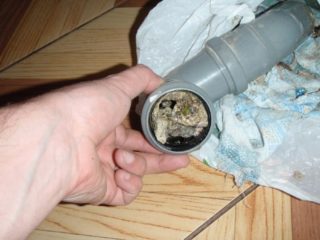
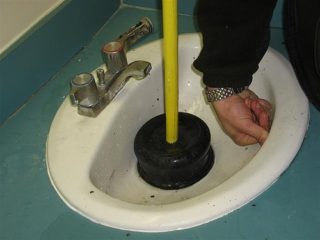
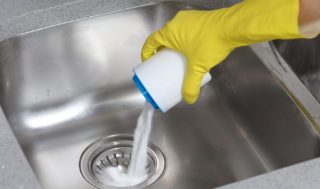
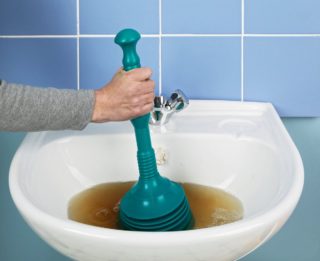
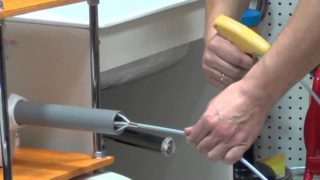







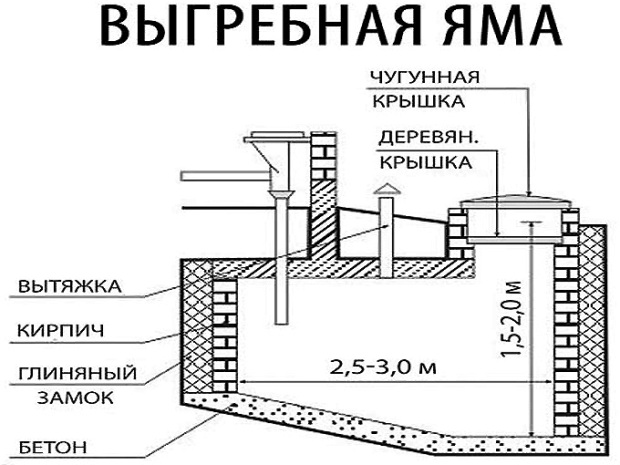
For sale a clever nozzle for KERCHER LENGTH 7.5 15 AND 30 METERS WORKS BAD